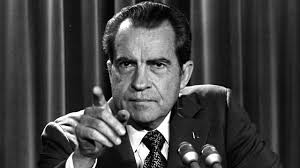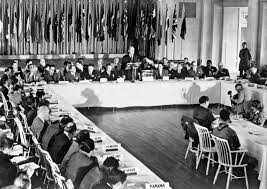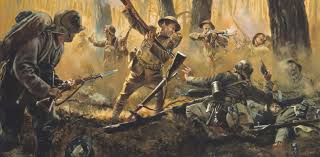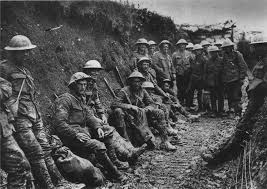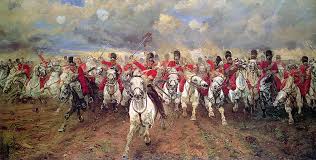The world moves to fiat currencies, ending the traditional gold standard
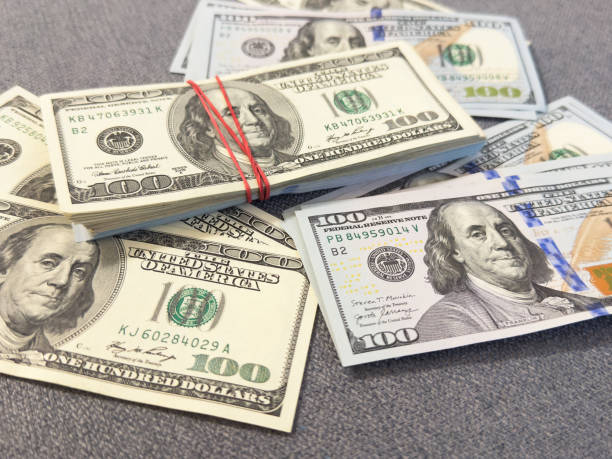
And so, the curtain fell. After thousands of years in which gold had quietly underpinned the world’s wealth—resting in vaults, stamped into coins, backing the very paper people carried in their pockets—its rule came to an end in 1971, not…

